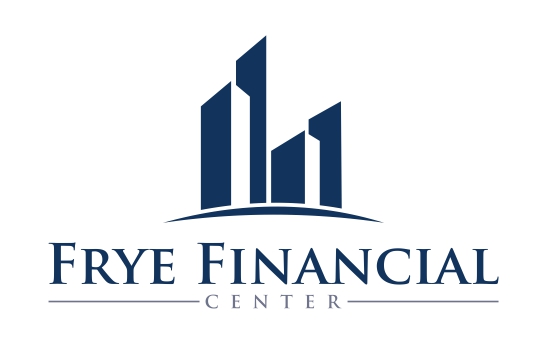Plan Sponsors Ask…
Q: We’d like to boost the contribution levels of our plan participants. We added an employer match last year, but many employees don’t contribute enough to receive the entire match. What else can we do?
A: You’re not alone. In a study by Financial Engines covering 4.4 million participants in retirement plans at 553 companies, nearly 25% of employees did not contribute enough to receive the entire match in 2014. According to the study, employees missed out on $1,336 per employee. Financial Engines determined the total loss over 20 years for every plan participant is $42,855—a figure significant enough to get some attention.
Effective communication can be key to encouraging participation and contributions. Try a campaign targeted at those individuals who are not claiming the entire match. Let them know how much money they missed out on, and express it using a long-term view as Financial Engines did. Break it down even further by translating that lump-sum figure into a monthly income figure at retirement.
Sometimes people won’t fully engage no matter how you communicate. Those people may benefit from an auto-enrollment feature. But be careful you don’t enroll at a low rate. Research has shown that even when the automatic enrollment rate is 6% or higher, few people opt out. Aim high and track your results.
Q: We’ve seen a big increase in the number of employees who take out loans in our 401(k) program. They usually repay the loans. But even though they pay interest, articles suggest that it is still not ideal to take out a loan. Can you explain why?
A: First of all, thanks to compound interest any money that leaves the plan—for any reason—impacts future savings. Think about the contrast between people who left their money in equities during the recession and those who moved their accounts to cash. Within a few years, the stock market had not only recovered, but it has also been on quite a roll since then. People whose accounts were entirely invested in cash or equivalents have been enjoying a grand rate of return of around 1%. If a participant took a loan and repaid it at market interest rates, the return would still be minimal.
Some companies don’t offer loans at all. While this might seem to be a way to discourage those who take retirement plan loans to pay for luxury items, those people may not be the ones who take loans. In fact, a report from HelloWallet suggests that roughly 25% of households with a DC plan have used some or all of their retirement savings for nonretirement needs. Seventy-three percent of the households that cash out their retirement accounts for nonretirement needs say they did so due to basic money management issues.
Employers concerned about nonretirement use of retirement money could try providing financial wellness education to employees. Better day-to-day financial decisions can limit
the need to use retirement funds to pay off credit cards, for example. Give employees the tools they need to control their finances and you may get the results you want.
Q: Employees tell us they are worried about having enough money to retire, but they seem afraid to find out. What can we do to help?
A: The feelings expressed by your employees seem on target with those of many Americans. According to LIMRA, as reported in the April 16, 2015, issue of PLANADVISER magazine, fewer than half of those responding to a recent LIMRA survey said they understand how much they should be saving for retirement. And that, says the article, is in spite of “unprecedented access to online financial planning tools.”
Access to financial advisory services may help. While a few hardy souls (1 in 10, according to the PLANADVISER article) say they are very knowledgeable about investments or financial products, around 50% of people at each age group self-describe as somewhat, not at all, or not very knowledgeable.
Cecilia Shiner, LIMRA Secure Retirement Institute’s associate research director, says in the article, “Across all generations, only about one-quarter of workers are using a paid financial professional. Prior research has found that consumers who use a financial professional to plan for retirement are more likely to feel confident in their retirement security. Even among boomers, our research shows only 30% have a retirement plan—and only a third of them say it is a formal plan.”
For plan sponsor use only, not for use with participants or the general public. This information is not intended as authoritative guidance or tax or legal advice. You should consult with your attorney or tax advisor for guidance on your specific situation.
Kmotion, Inc., 412 Beavercreek Road, Suite 611, Oregon City, OR 97045; www.kmotion.com © 2015 Kmotion, Inc. This newsletter is a publication of Kmotion, Inc., whose role is solely that of publisher. The articles and opinions in this publication are for general information only and are not intended to provide tax or legal advice or recommendations for any particular situation or type of retirement plan. Nothing in this publication should be construed as legal or tax guidance; nor as the sole authority on any regulation, law or ruling as it applies to a specific plan or situation. Plan sponsors should consult the plan’s legal counsel or tax advisor for advice regarding plan-specific issues.


